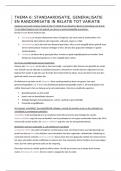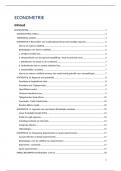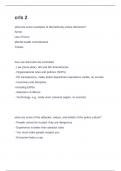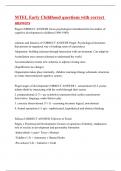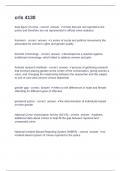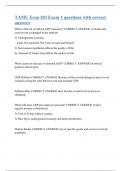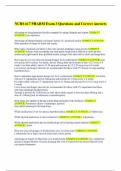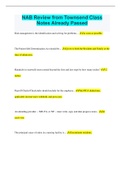Samenvatting
Summary Judgement and Decision Making in Accounting
- Instelling
- Universiteit Van Amsterdam (UvA)
Samenvatting van alle lectures van Judgement and Decision Making in Accounting, plus korte samenvatting van de papers. Summary of all lectures of Judgement and Decision Making in Accounting, plus smal summaries of the relevant papaers
[Meer zien]





